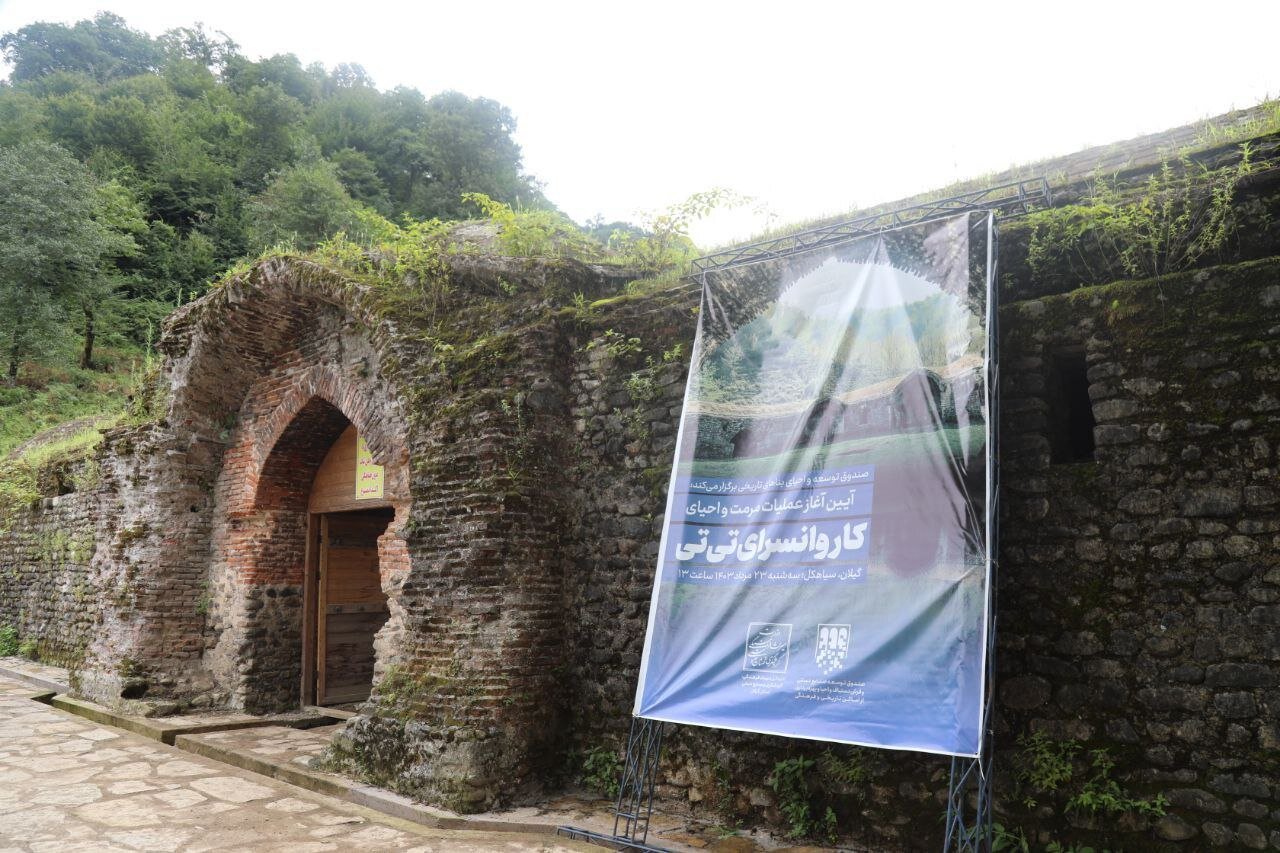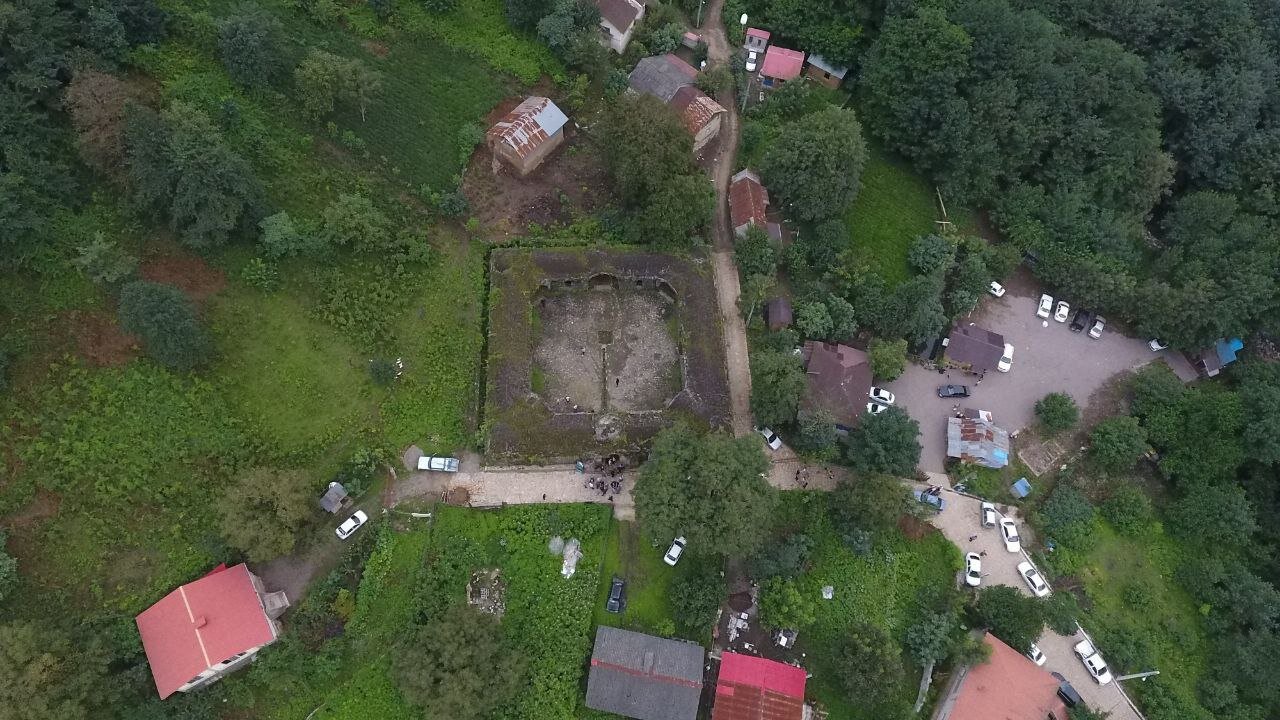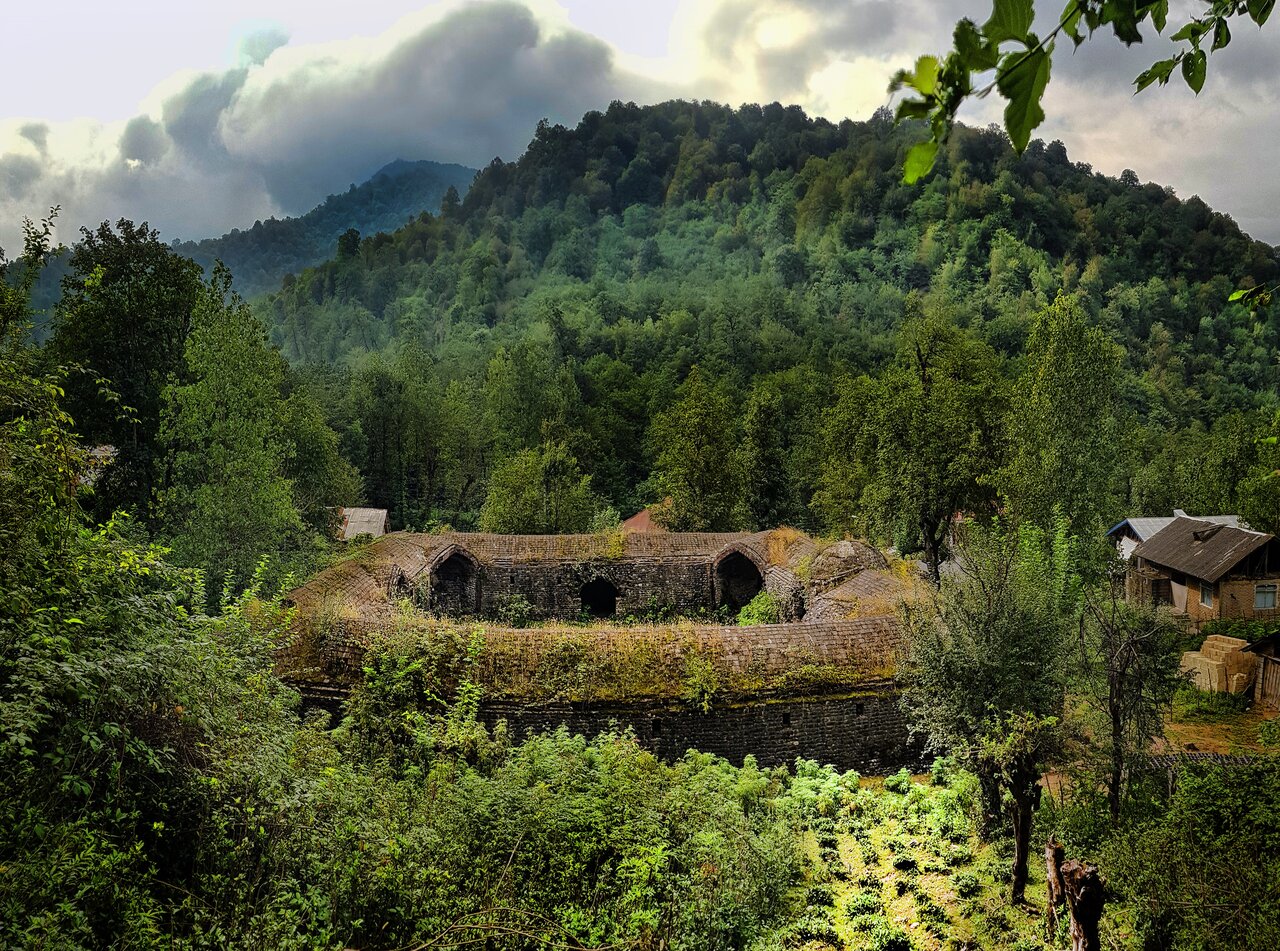TEHRAN – The Titi Caravanserai, one of the oldest historical guesthouses in northern Iran, is to be temporarily handed over to the private sector for better restoration and maintenance.
The decision was announced during a meeting attended by Shahab Talaei, CEO of the Revitalization and Utilization Fund for Historical Places (better known by its Persian acronym Saabta), and Vali Jahani, director of the Gilan Tourism Directorate.
The caravanserai in the Siahkal region of Gilan province is part of the “Persian Caravanserai” collection, which was declared a UNESCO World Heritage Site in 2023.
The Titi Caravanserai dates back to the Safavid era and was once an important resting place for travelers traveling between Siahkal, Deylaman and Taleqan. The name “Titi” was named after Titi Khanum, a Safavid noblewoman who commissioned its construction. In the local Gilaki language, the name means “blossom” and reflects the cultural heritage of the region. The caravanserai, characterized by its two-iwan design, courtyard and vaulted ceilings, was built using a combination of stone, brick and traditional mortar.

During the meeting, Talaei stressed that the Titi Caravanserai is the first of the 54 Persian caravanserais recently declared a UNESCO World Heritage Site to be restored with the participation of the private sector.
He stressed that although the building would be temporarily managed by private investors, ownership would remain with the state.
The aim of this initiative is to ensure higher productivity, better maintenance and sustainable management of the site without jeopardising its status as a national and world heritage site, the official explained.
“This transfer to the private sector is part of our broader strategy to accelerate the restoration and maintenance of historic sites,” Talaei explained.

“The Titi Caravanserai, like all other historical sites we manage, will remain the property of the government. Only qualified investors will be granted temporary rights to use it. This approach will ensure that the site is preserved for future generations while contributing to local employment and sustainable development.”
For his part, Vali Jahani reiterated the commitment of the Ministry of Cultural Heritage to preserve the country’s precious historical treasures, pointing out that the participation of the private sector in the maintenance of these sites is crucial for their preservation and the promotion of local tourism.

The monument is one of 999 caravanserais built throughout the country on the orders of Shah Abbas the Great, the fifth Safavid king of Iran.
A caravanserai, also called a caravanserai, is a compound word combining “caravan” and “sara”; the former denoting a group of travelers and the latter denoting the building. These buildings often featured massive portals supported by raised, load-bearing walls. Guest rooms were built around the courtyard, with stables behind them, and doors were located in the corners of the courtyard.
The first caravanserais in Iran date back to the Achaemenid period (550 – 330 BC). Centuries later, during the reign of Shah Abbas I from 1588 to 1629, a network of caravanserais was commissioned across the country. These roadside inns were strategically located along ancient caravan routes across the Muslim world, providing shelter for people, their goods and animals. The ancient Silk Road remains the most famous example, dotted with caravanserais that once facilitated trade and travel over long distances.
Staying in or even just visiting a centuries-old caravanserai can be an unforgettable experience for many visitors to Iran, giving them the opportunity to step back in time and travel back in time. There are many stories of traders haggling over prices and telling each other about their arduous journeys while their camels leisurely chew hay.
AM

